Introduction to Ponds and Chapter 105
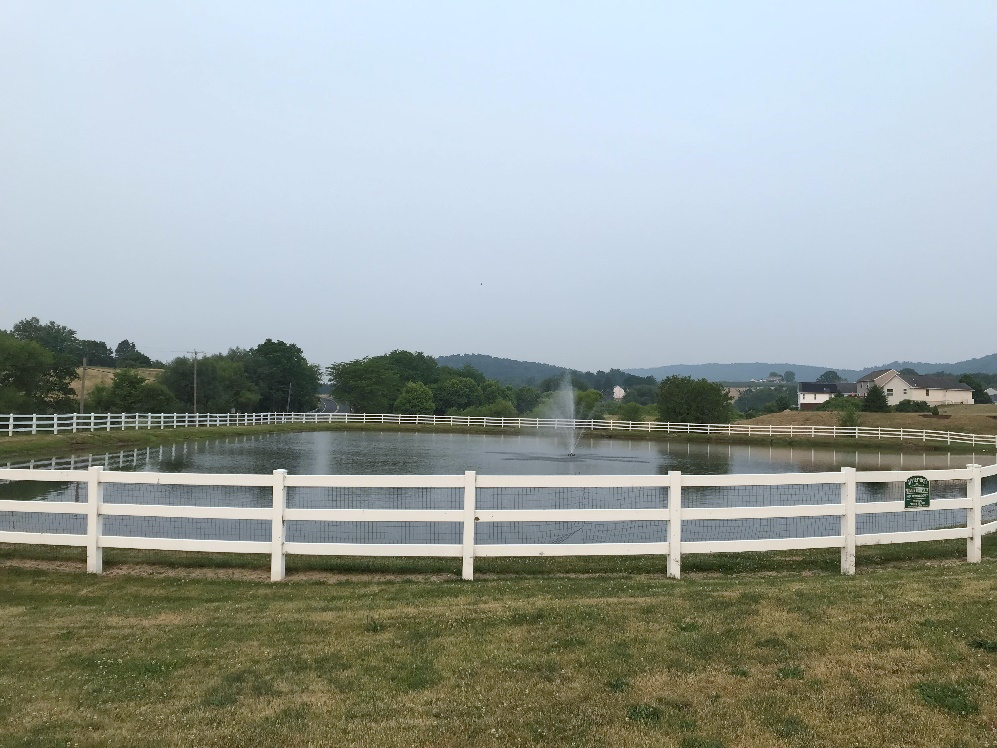 Ponds are constructed for many reasons including livestock watering, irrigation, fishing, fire protection, wildlife habitat, recreation, and aesthetics. Many proposed activities involving ponds, such as, new pond construction, modification to existing ponds, and pond maintenance, may be regulated by the PA Dam Safety and Encroachments Act, Chapter 105, and the PA Clean Streams Law. In some cases, pond related activities will require approval or permitting from the Department. When required, DEP review of proposals to construct, modify, or repair dams, or water obstructions and encroachments must consider both the dam safety and water obstruction encroachment regulations under Chapter 105. Within the scope of these regulations, a reviewer must consider impacts to aquatic resources and public safety.
Ponds are constructed for many reasons including livestock watering, irrigation, fishing, fire protection, wildlife habitat, recreation, and aesthetics. Many proposed activities involving ponds, such as, new pond construction, modification to existing ponds, and pond maintenance, may be regulated by the PA Dam Safety and Encroachments Act, Chapter 105, and the PA Clean Streams Law. In some cases, pond related activities will require approval or permitting from the Department. When required, DEP review of proposals to construct, modify, or repair dams, or water obstructions and encroachments must consider both the dam safety and water obstruction encroachment regulations under Chapter 105. Within the scope of these regulations, a reviewer must consider impacts to aquatic resources and public safety.
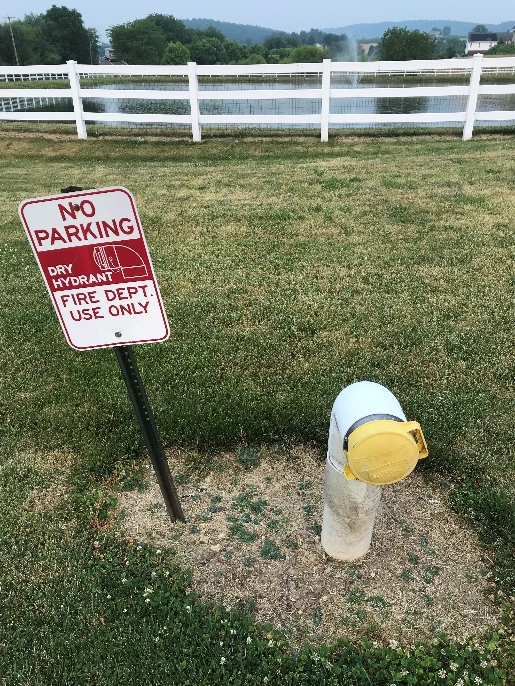 Ponds need water sources, requiring that they are often situated across or near streams, wetlands, or floodways, and can result in impacts to those resources. Most ponds are impounded by dams which may be regulated under Chapter 105 and the Dam Safety and Encroachment Act. If an artificial pond is excavated completely below grade (without constructing an impounding embankment), the construction may be regulated if it is proposed to be placed in regulated waters of the Commonwealth, such as a wetland or stream channel. In some situations, permits may not be required to build a pond.
However, once constructed, all ponds are regulated waters of this Commonwealth under the Dam Safety and Encroachments Act.
Ponds need water sources, requiring that they are often situated across or near streams, wetlands, or floodways, and can result in impacts to those resources. Most ponds are impounded by dams which may be regulated under Chapter 105 and the Dam Safety and Encroachment Act. If an artificial pond is excavated completely below grade (without constructing an impounding embankment), the construction may be regulated if it is proposed to be placed in regulated waters of the Commonwealth, such as a wetland or stream channel. In some situations, permits may not be required to build a pond.
However, once constructed, all ponds are regulated waters of this Commonwealth under the Dam Safety and Encroachments Act.
Accordion [1]
Expand AllClick here for a more accessible versionPonds are a colloquial term which is not well defined in water sciences; however, they are generally smaller bodies of water, can be and often are man-made and have characteristics different from larger bodies of water such as lakes. For example, ponds often lack thermal stratification, and have differences in light transmission, water clarity, and water depth. In many instances, the terms ponds and lakes are often used interchangeably.
New Pond Construction General Information
DEP does not provide advice, guidance, or assistance with pond design or construction methods. Anyone interested in constructing a pond should first call DEP to determine what authorizations, regulatory requirements, and potential mitigation may be involved. You may also want to seek advice from the
Natural Resource Conservation Service, the
Pennsylvania Fish and Boat Commission or the
Penn State Cooperative Extension Office. Local contractors, environmental consultants and engineers will be able to provide the most direct advice for planning, design, and construction. However, please recognize that these agencies and consultants are not the appropriate resource or authorized to provide regulatory interpretation. Some County Conservation Districts are delegated certain portions of Chapter 105, they can give some advice, and those Delegated Districts are a good first stop. However, typically the variations in scenarios will encounter permitting or approvals from DEP and you may be directed there.
The sections below cover ponds with different characteristics relating to dams and water resources. Depending on if a pond has a dam or not, impacts water resources, and the specific nature of the dam or impacts can dictate if a permit or approval is required.
Ponds with a Regulated Dam
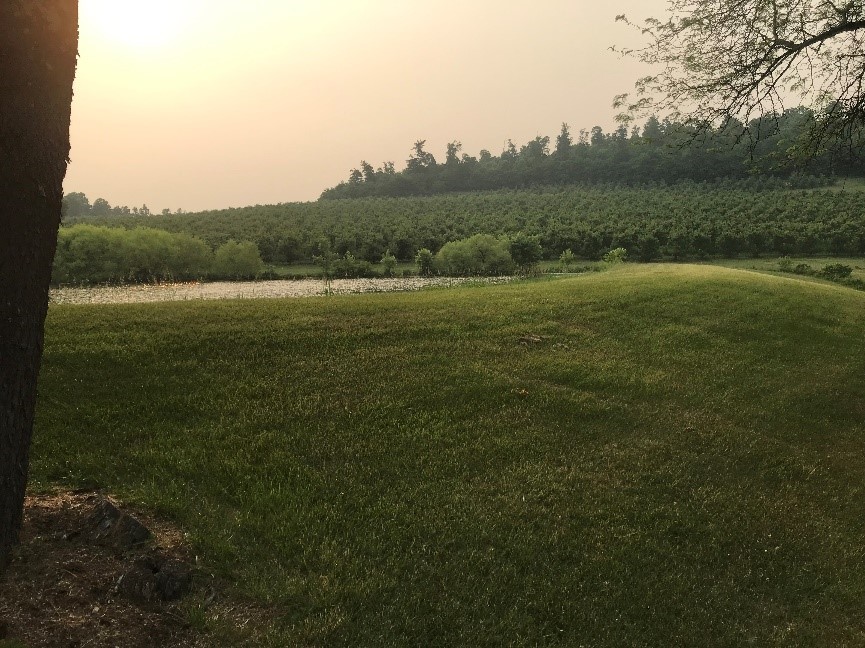
Most artificial ponds, meaning those ponds created by humans and not formed naturally, in Pennsylvania are created wither solely by or partially by using a dam to impound and hold back water.
The regulatory definition of a dam is:
An artificial barrier, together with its appurtenant works, constructed for the purpose of impounding or storing water or other fluid or semifluid, or a refuse bank, fill or structure for highway, railroad or other purposes which does or may impound water or other fluid or semifluid.
If you are considering the construction of a dam, Chapter 105 Rules and Regulations require a person to obtain a Dam Permit from DEP’s Division of Dam Safety to construct a dam when one of the following applies:
- The construction of a dam across a watercourse where the contributory drainage area exceeds 100 acres; or
- The maximum depth of water measured at the upstream toe to the top of the dam is greater than 15 feet; or
- The impounding capacity is greater than 50-acre feet.
Examples: A pond 50 acres in surface area and one foot deep on average, a 25-acre pond which averages 2 feet of depth.
Full details on dam regulations can be found in
Chapter 105.
Information on Dam Safety Permits and DEP’s Division of Dam Safety can be found on the
Dam Safety webpage.
Ponds with Non-jurisdictional (Out of scope) Dams
Ponds can be created using dams where the dam(s) itself do not require a Dam permit under Chapter 105. These dams are non-jurisdictional.
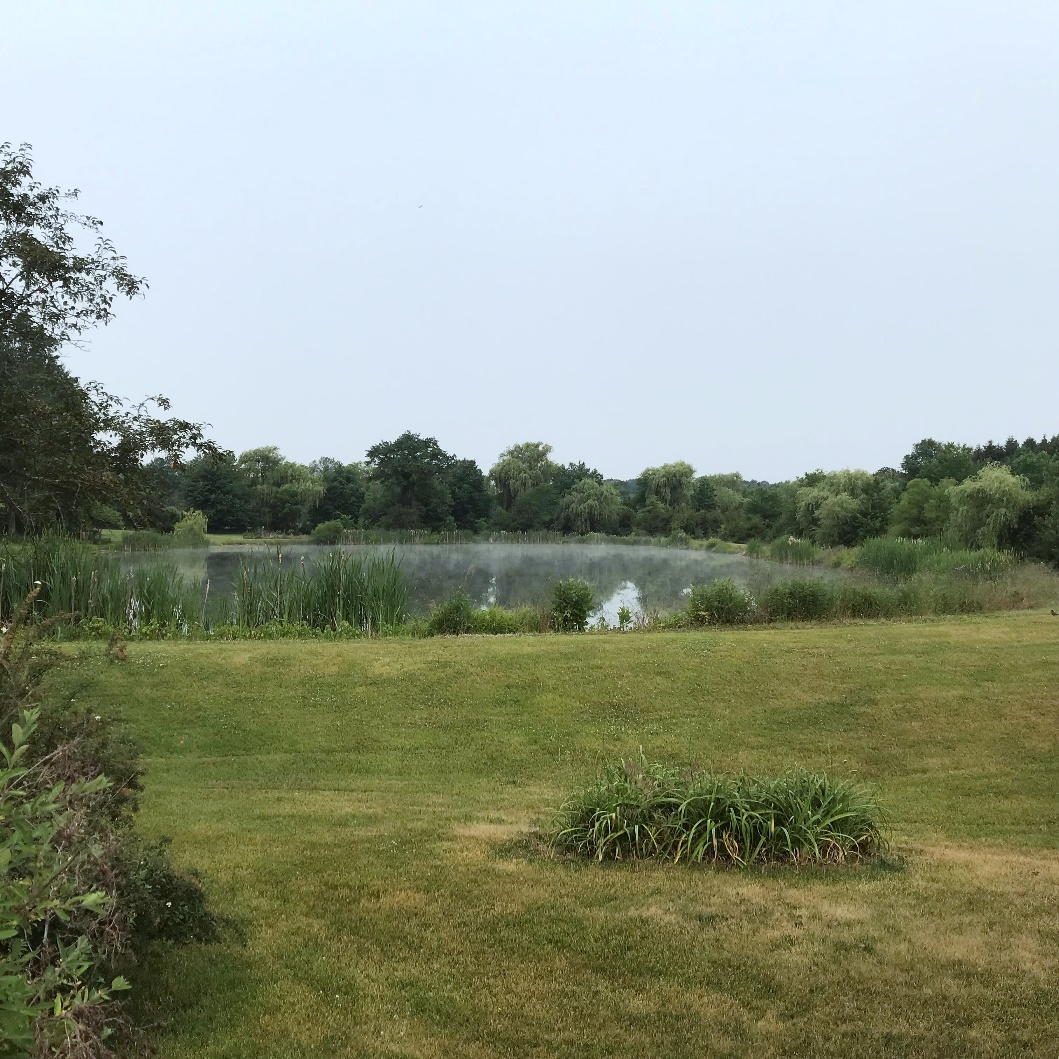 If none of the criteria above are met by a proposed dam, the structure is likely non-jurisdictional and a Dam Permit is not required;
however, if the dam is proposed across (or impacts) a stream or impacts a wetland or if a stream or wetland is proposed to be excavated or a wetland impounded,
either a Water Obstruction and Encroachment Permit or approval of an Environmental Assessment is required. This would be obtained from the appropriate
DEP regional Office.
If none of the criteria above are met by a proposed dam, the structure is likely non-jurisdictional and a Dam Permit is not required;
however, if the dam is proposed across (or impacts) a stream or impacts a wetland or if a stream or wetland is proposed to be excavated or a wetland impounded,
either a Water Obstruction and Encroachment Permit or approval of an Environmental Assessment is required. This would be obtained from the appropriate
DEP regional Office.
Off-Stream Ponds
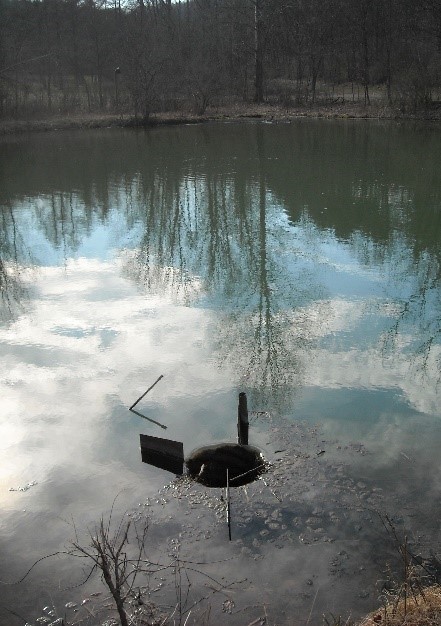 Chapter 105 approval for water obstructions and encroachments is not required for ponds proposed off-stream if they are not constructed in a floodway, wetland or other body of water.
However, if the pond has a dam which meets the regulated dam criteria a dam permit may be required, see above information.
Chapter 105 approval for water obstructions and encroachments is not required for ponds proposed off-stream if they are not constructed in a floodway, wetland or other body of water.
However, if the pond has a dam which meets the regulated dam criteria a dam permit may be required, see above information.
Intakes - If an intake pipe or channel is proposed to convey water from a watercourse to an off-stream pond, a permit may be required for the intake, such as General Permit 4.
Impacts to Water Resources
Proposals to construct a pond must aim to avoid and minimize impacts to aquatic resources. The Department of Environmental Protection (DEP) strongly discourages the excavation of wetlands or the construction of ponds on-stream. One of the large losses of wetlands in the state is due to conversion to ponds. Wetlands serve a unique function in the environment, and that function is lost when wetlands are excavated or inundated to construct a pond. While ponds
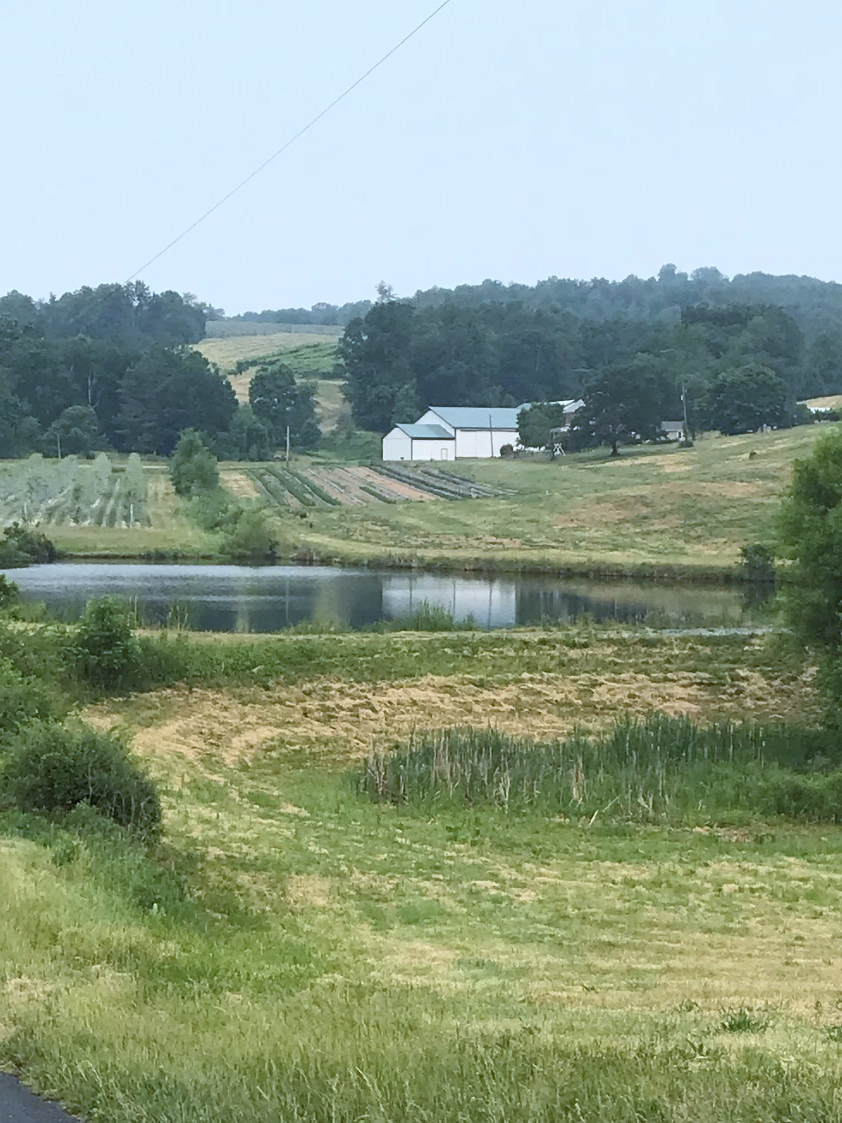 are attractive to humans and several aquatic species, man-made ponds are artificial features and the overall biodiversity of a pond ecosystem is less than that of a wetland. In most cases there are alternate locations to create a pond to fulfill the project purpose and avoid wetland, watercourse, and floodway impacts. If a viable alternative exists but is not chosen, the project may not be approved.
are attractive to humans and several aquatic species, man-made ponds are artificial features and the overall biodiversity of a pond ecosystem is less than that of a wetland. In most cases there are alternate locations to create a pond to fulfill the project purpose and avoid wetland, watercourse, and floodway impacts. If a viable alternative exists but is not chosen, the project may not be approved.
Thermal impacts to streams receiving discharges from ponds can be dramatic. The temperature of water exiting a pond in the summer can be as much as 8-10 degrees warmer than the stream water entering the pond. A proponent for building a pond may be required to demonstrate that a thermal influence will not adversely impact the aquatic community.
Mitigation for Impacts to Wetlands and Watercourses
If wetlands or watercourses (perennial or intermittent streams) are unavoidably impacted during construction, the resources are required to be replaced. Owners may use DEP’s
In-Lieu-Fee program or a
local mitigation bank to purchase credits to mitigate for their impacts or
create replacement resources on their own. This will raise project cost and increase the time it will take to begin to construction.
If wetlands are suspected to exist near a proposed pond location, or may be impacted, a certified wetland consultant must be hired to identify and delineate wetlands and watercourses and conduct the Environmental Assessment.
Common Pond Maintenance Activities and Permit Requirements
Artificial Ponds with Non-Jurisdictional Dams
Maintenance Dredging - Section 105.12(a)(14) of the Department’s Rules and Regulations provides for waiver of Water Obstruction and Encroachment Permit requirements for the maintenance of the reservoir area if this maintenance is limited to the impoundment’s original storage capacity and only accumulated sediment is removed. This waiver only applies when:
- The contributory drainage area is less than or equal to 100 acres.
- The greatest depth of water at maximum storage elevation is less than or equal to 15 feet.
- The impounding capacity at maximum storage elevation is less than or equal to 50- acre feet.
Pond and dam owners should still obtain
Erosion and Sediment Control Plan approval from their County Conservation District.
Dam/Outlet Repair - The Department’s Rules and Regulations do not regulate the repair and maintenance of
non-jurisdictional dams, which includes those meeting the criteria
Section 105.12(a)(14). Therefore, permits and approvals from DEP for this work on non-jurisdictional dams is not required. However, an Erosion and Sedimentation Control plan must be implemented.
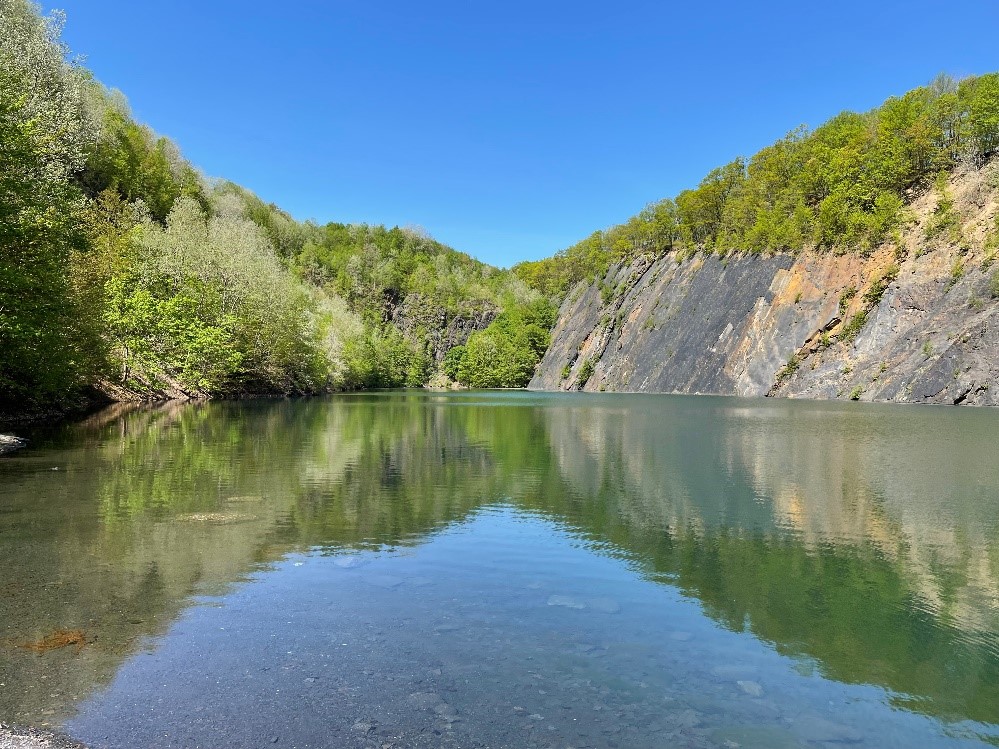 Note: Any activity which changes the cross-section of a pond and does not qualify as maintenance requires a
Water Obstruction and Encroachment Permit from the appropriate DEP Regional Office. Example: construction of boat docks, piers, islands, or expanding the area of a pond.
Note: Any activity which changes the cross-section of a pond and does not qualify as maintenance requires a
Water Obstruction and Encroachment Permit from the appropriate DEP Regional Office. Example: construction of boat docks, piers, islands, or expanding the area of a pond.
Jurisdictional Dams
Maintenance Dredging - Per
Section 105.131(c) of the Department’s Rules and Regulations, removal of accumulated sediments from a reservoir area behind a permitted dam is considered maintenance and does not require further Department authorization provided this activity does not expand the reservoir volume beyond the original design storage capacity.
Note: Any activity which changes the cross-section of a pond and does not qualify as maintenance requires a
Water Obstruction and Encroachment Permit from the appropriate
DEP Regional Office. Example: Construction of boat docks, piers, islands.
Dam/Outlet Repair - Any dam repair or modification of any kind to a jurisdictional dam should be presented to DEP’s
Division of Dam Safety for a determination of regulatory requirements.
Frequently Asked Questions
Note: While the activities described below may or may not require Chapter 105 authorization, the development of an
erosion and sedimentation control plan and the implementation and maintenance of erosion and sedimentation control Best Management Practices is required under Chapter 102. Please contact your County Conservation District or the applicable DEP Regional Office regarding erosion and sedimentation control plan and permitting requirements for your project.
Accordion [2]
Expand AllClick here for a more accessible versionAnswer: Per Section 105.12(a)(14) of the Department’s Rules and Regulations, no Chapter 105 authorization is needed from the state to remove accumulated sediment. However, federal authorization may be required from US Army Corps of Engineers and the PA Fish and Boat Commission may require a
Drawdown Permit.
Answer:
If the pond is impounded by a dam,
Per Sections 105.131(c) and 105.12(a)(14) of the Department’s Rules and Regulations, a dam or pond owner is allowed to maintain the design storage capacity of their impoundment/pond.
Answer:
If your dam is jurisdictional, contact
DEP’s Division of Dam Safety to determine regulatory requirements.
If your dam is non-jurisdictional, repair work is not regulated under Chapter 105. If you have questions contact
DEP’s Division of Dam Safety.
Answer: Dams across streams are discouraged as then can affect the water resource and property. Depending on the specific design of the dam, pond construction, structures and excavation, a Water Obstruction and Encroachment Permit or an Environmental Assessment approval may be required.
There is a $500 Environmental Assessment review fee and the Water Obstruction and Encroachment Permit Fees are $1,750 plus $800 for every tenth acre of permanent disturbance of waters and $400 for every tenth acre of temporary disturbance to waters. In addition there may be engineering, consulting, and mitigation costs.
Answer:
A Water Obstruction and Encroachment Permit is required. The specific type of permit will be case specific.
Contact DEP with questions and see
other information on this webpage.
Answer:
Before conducting any work, you should run a PNDI search to determine if any impacts to species of special concern are anticipated. You should also contact your County Conservation District regarding erosion and sedimentation control and develop an
erosion and sedimentation control plan.
Answer:
A Water Obstruction and Encroachment Permit may be required.
Contact DEP with questions and see
other information on this webpage. In addition, depending on the amount of water proposed to be withdrawn and the purpose of the withdrawal, approvals may be needed from the
DEP Safe Drinking Water Program or the applicable river basin commissions, such as the
Susquehanna River Basin Commission and the
Delaware River Basin Commission. In any case, water withdrawals may not be of such rate or volume so as to dry up a water resource or otherwise degrade the water resource.
Answer:
Federal authorization under Section 404 of the Clean Water Act is required for the discharge of fill into Waters of the US. This may include any of the activities discussed above. See the below information regarding the Army Corps of Engineers.
Contacts & Additional Resource
Contact information for DEP regional offices and County Conservation Districts can be found on the
Contact Page.
Erosion and sediment (E&S) control measures are required to protect receiving waters during earth disturbance activities. You may contact the local county conservation district regarding E&S control requirements.
Additionally, a federal permit is likely required for impacts to wetlands and watercourses. Contact the U.S. Army Corps of Engineers for more information.
Philadelphia District
Baltimore District
Pittsburgh District
Penn State Extension has many resources on ponds and pond maintenance. See the
Penn State Extension Pond Management website.